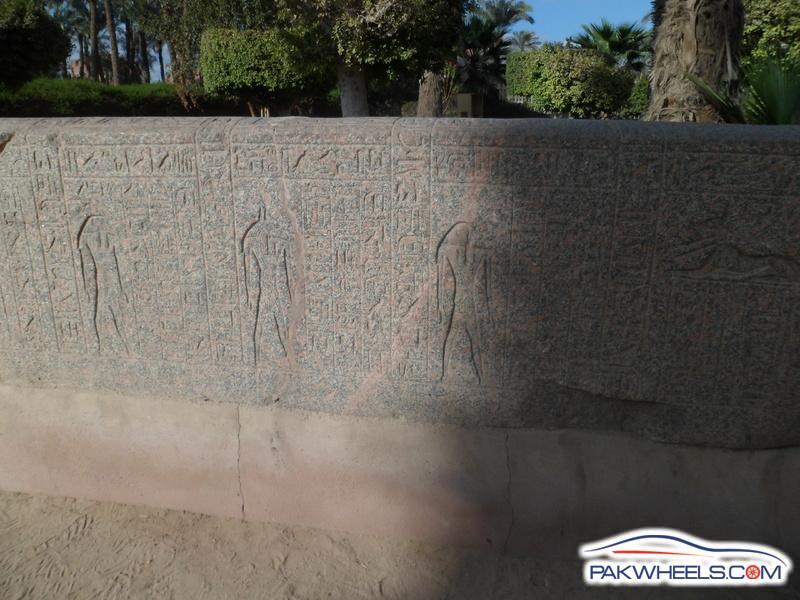
Memphis was the ancient capital of Aneb-Hetch, the first nome of Lower Egypt. Its ruins are located near the town of Mit Rahina, south of Cairo.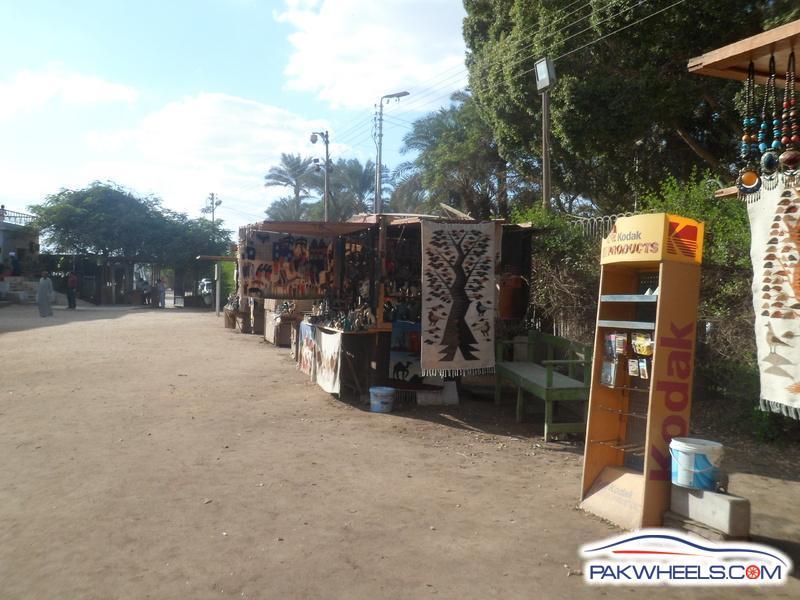
Memphis was believed to be under the protection of the god Ptah, the patron of craftsmen. Its great temple, Hut-ka-Ptah, was one of the most prominent structures in the city. 
The ruins of ancient Memphis have yielded a large number of sculptures representing Pharaoh Rameses II.Within the museum in Memphis is a giant statue of the pharaoh carved of monumental limestone, about 10 metres in length. It was discovered in 1820 near the southern gate of the temple of Ptah by Italian archaeologist Giovanni Caviglia. Because the bottom of the sculpture has been broken off, it is currently displayed lying on its back. Some of the colours are still partially preserved, but the beauty of this statue lies in its flawless detail of the complex and subtle forms of human anatomy. The pharaoh wears the white crown of Upper Egypt, Hedjet.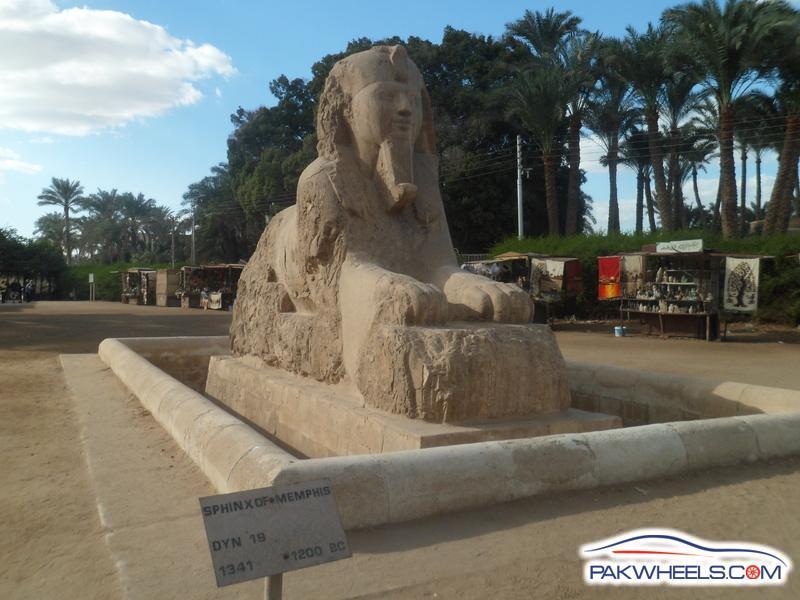
The alabaster sphinx found outside the Temple of Ptah.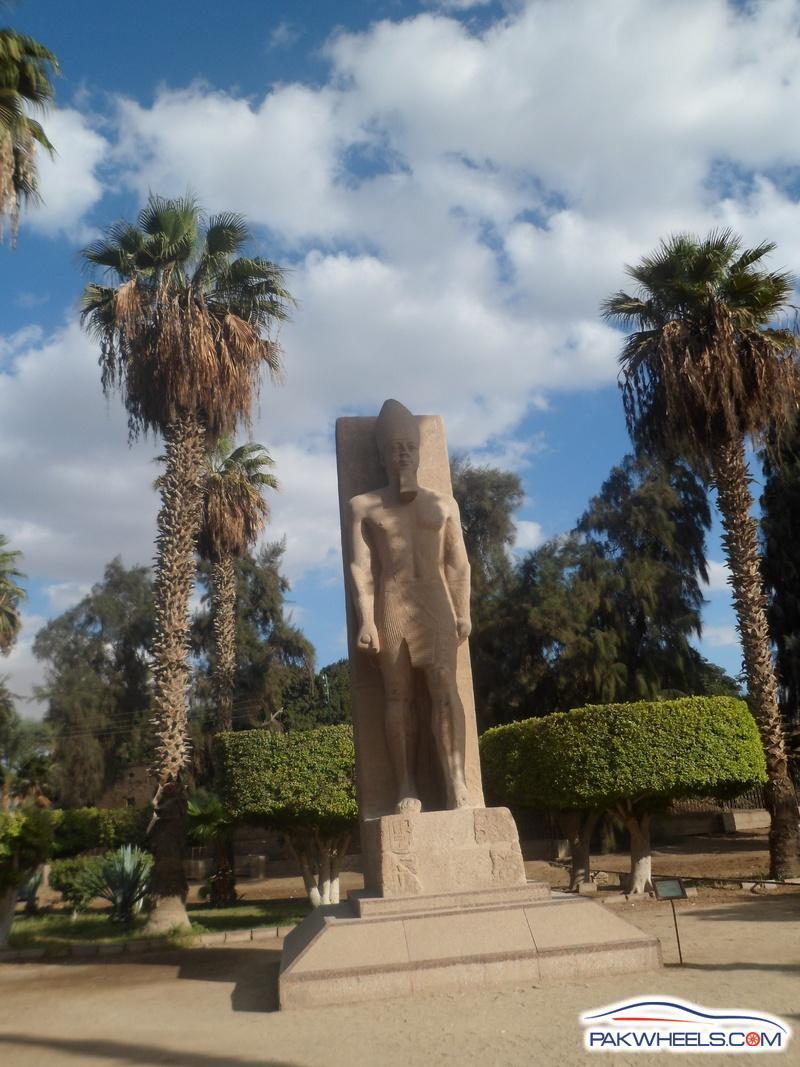
Sculpture from the Middle Kingdom restored in the name of Rameses II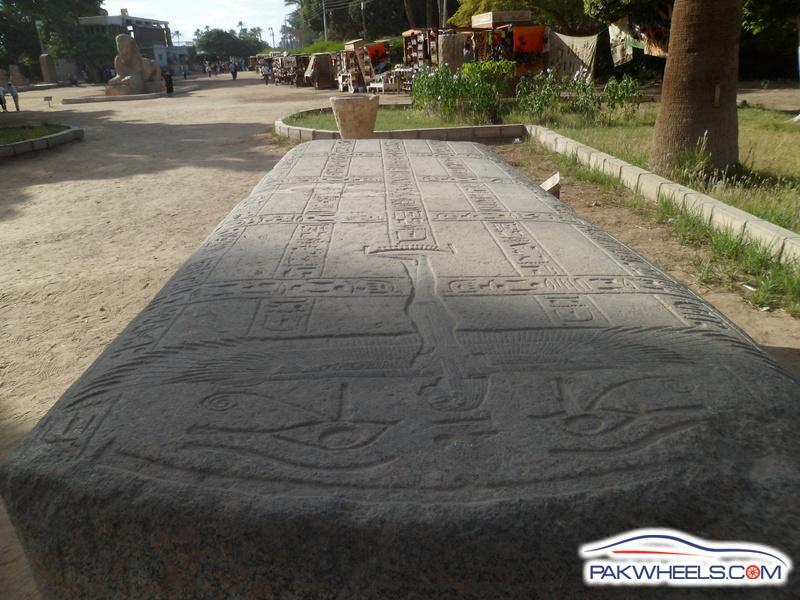
The legend recorded by Manetho was that Menes, the first pharaoh to unite the Two Lands, established his capital on the banks of the Nile by diverting the river with dikes. The Greek historian Herodotus, who tells a similar story, relates that during his visit to the city, the Persians, at that point the suzerains of the country, paid particular attention to the condition of these dams so that the city was saved from the annual flooding. Herodotus dates the founding of the city at around 3100 BC, over 2500 years prior to his visit.